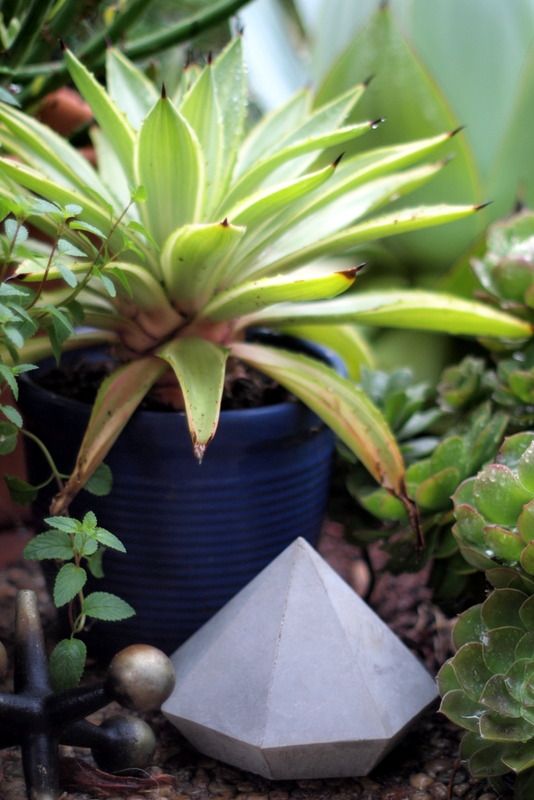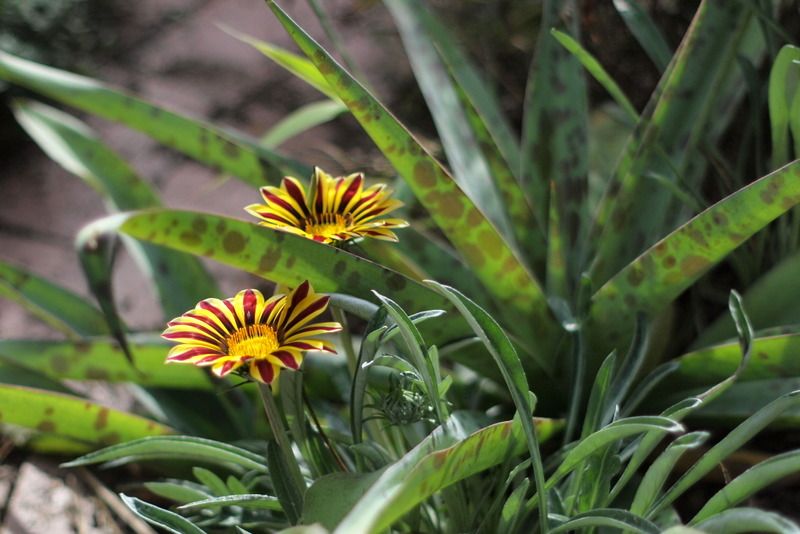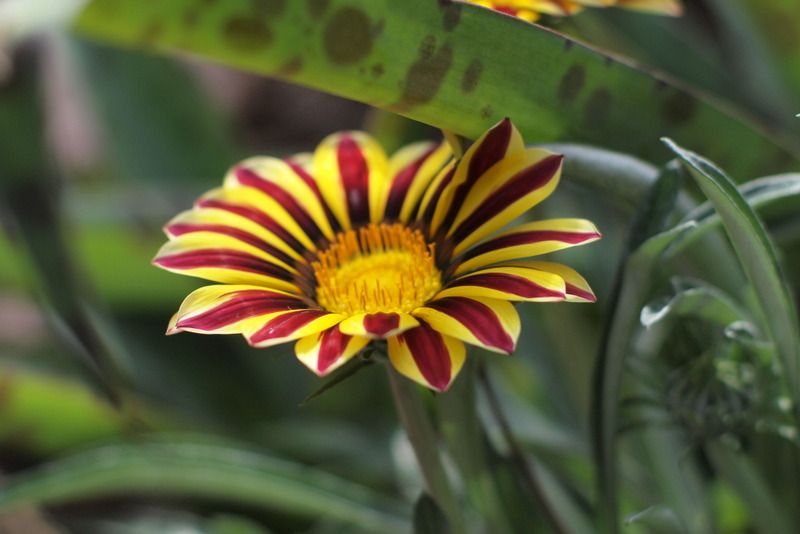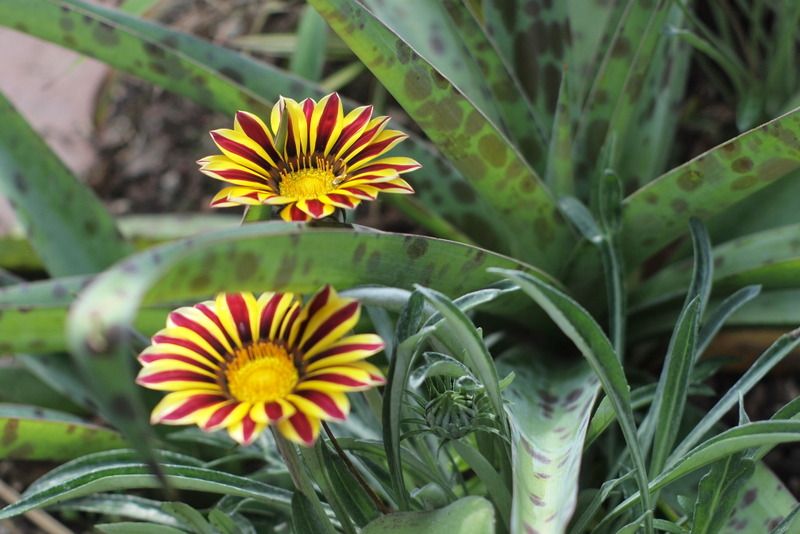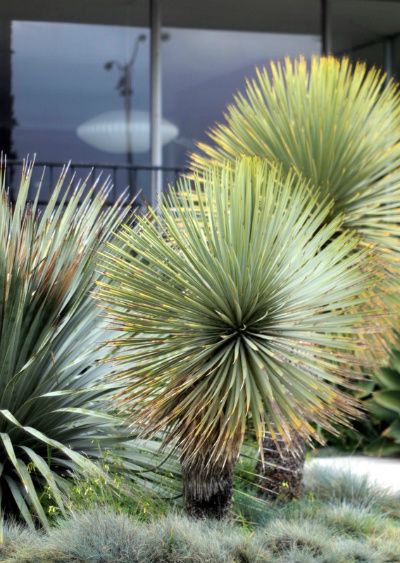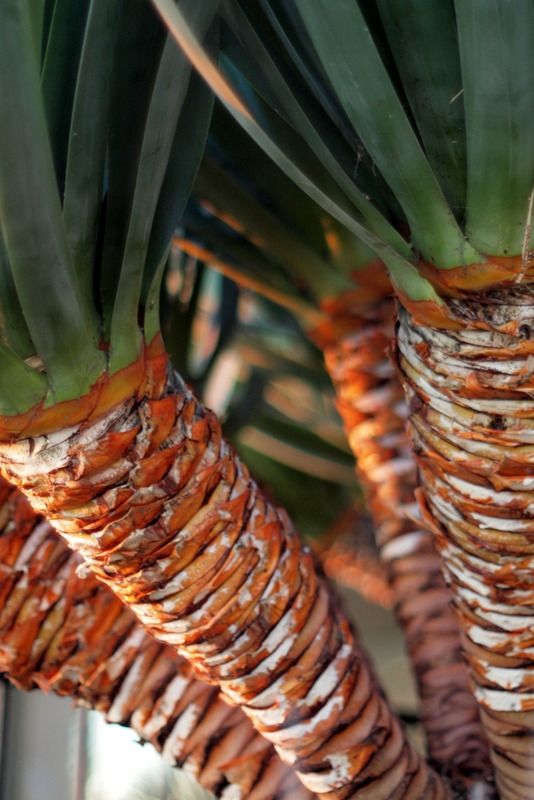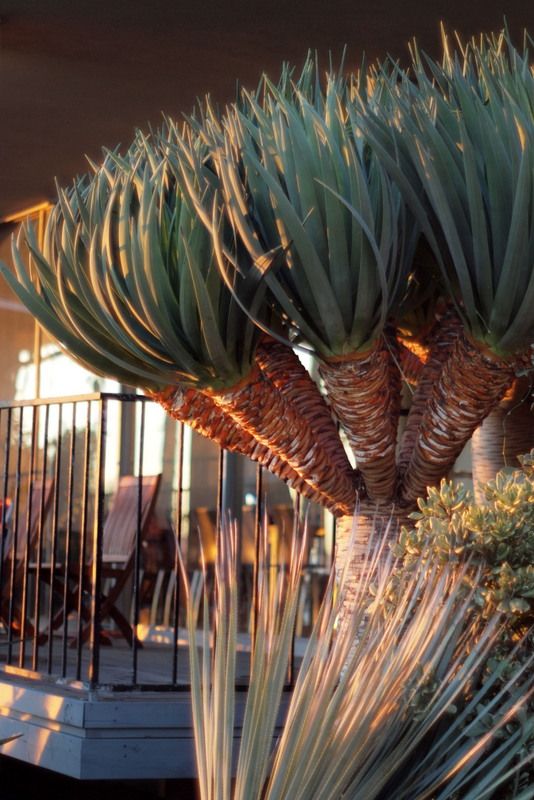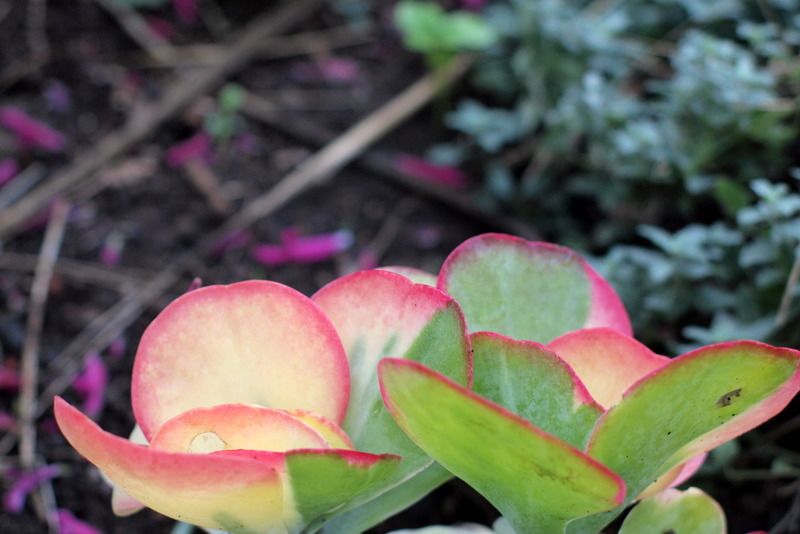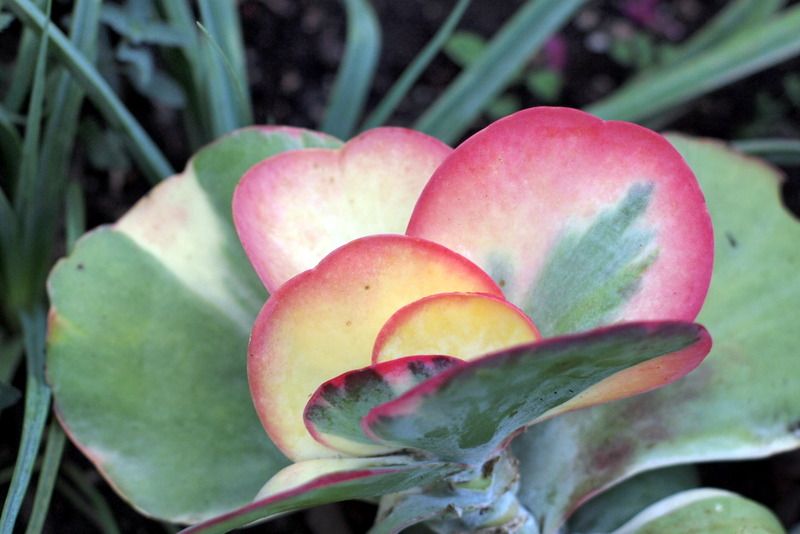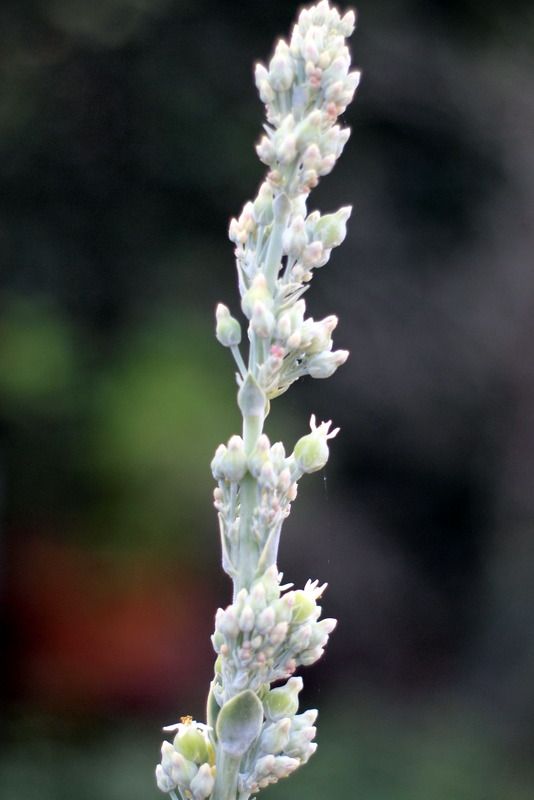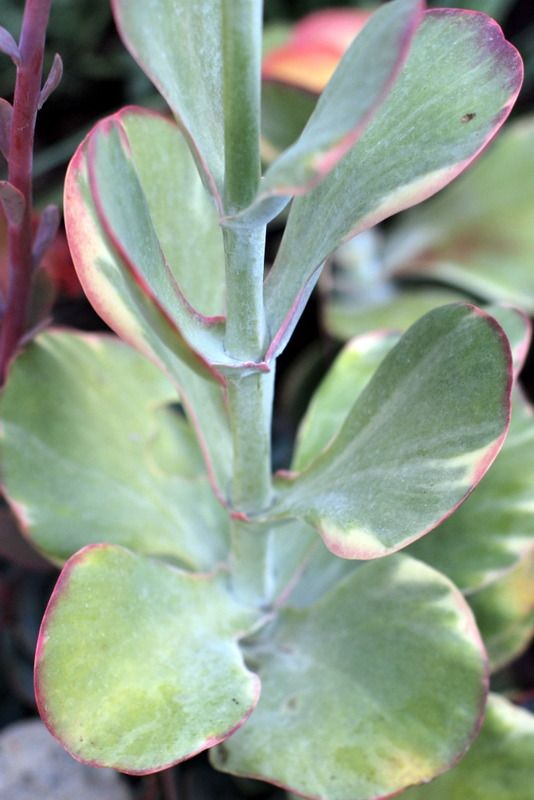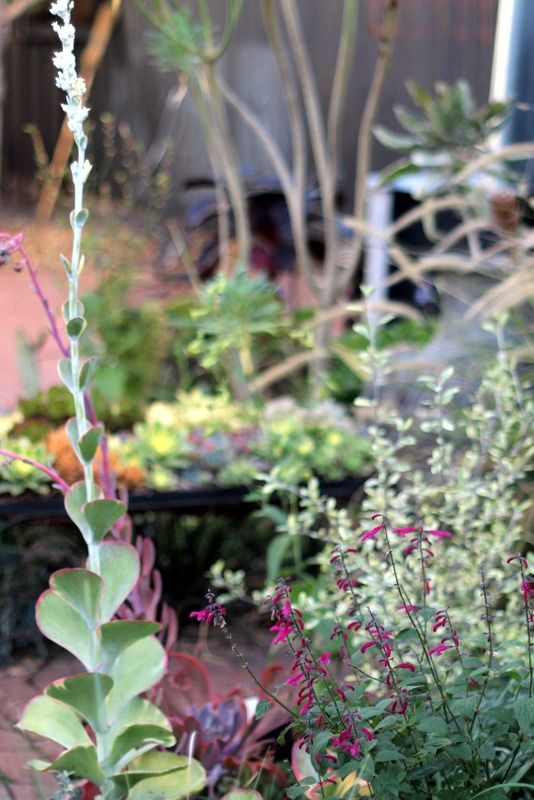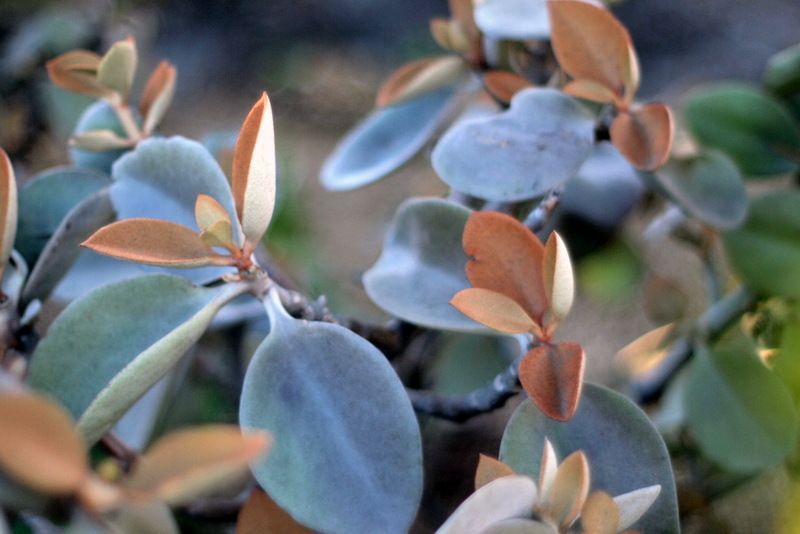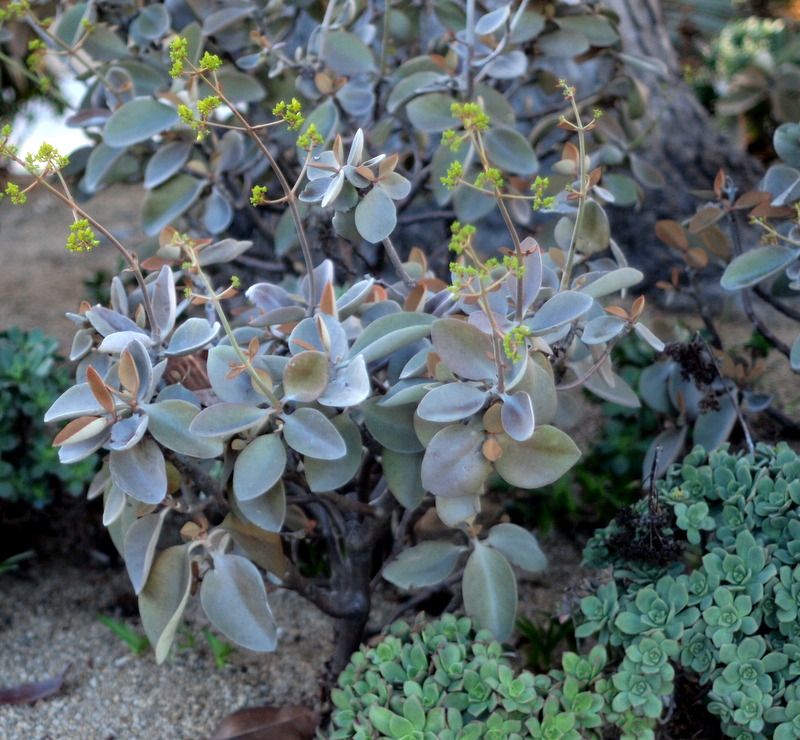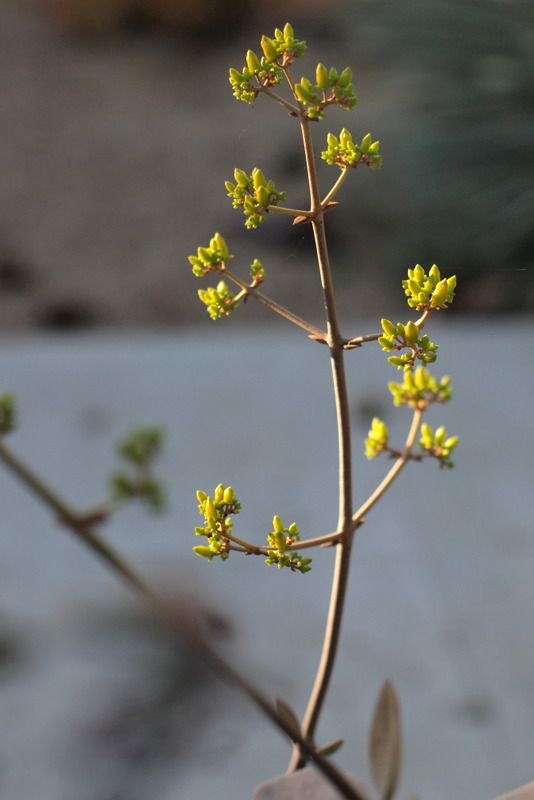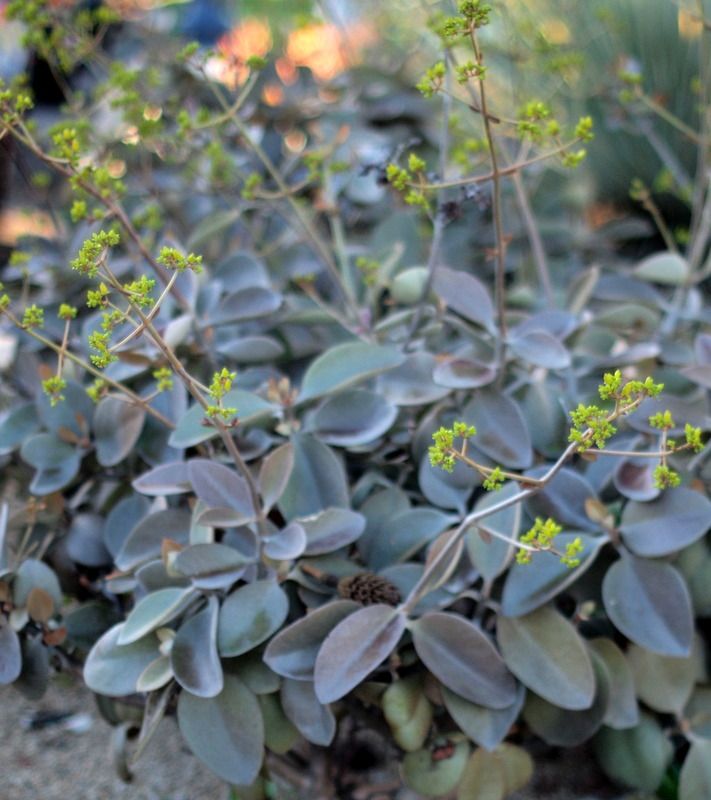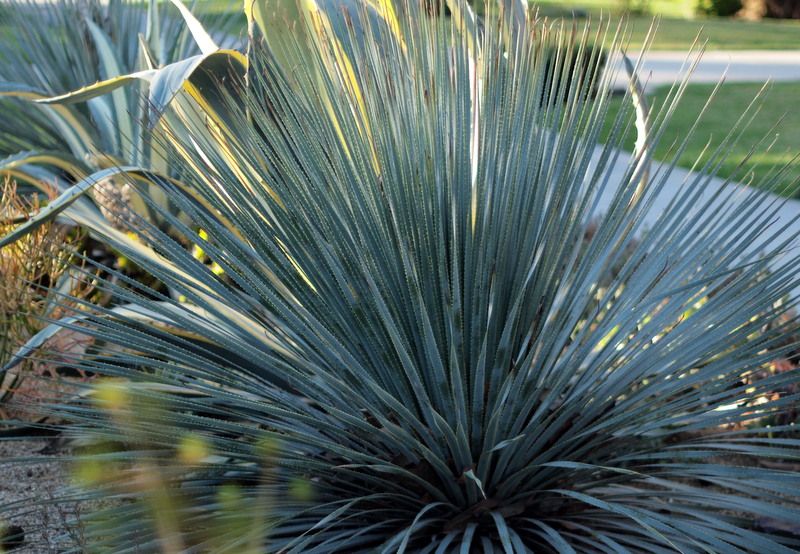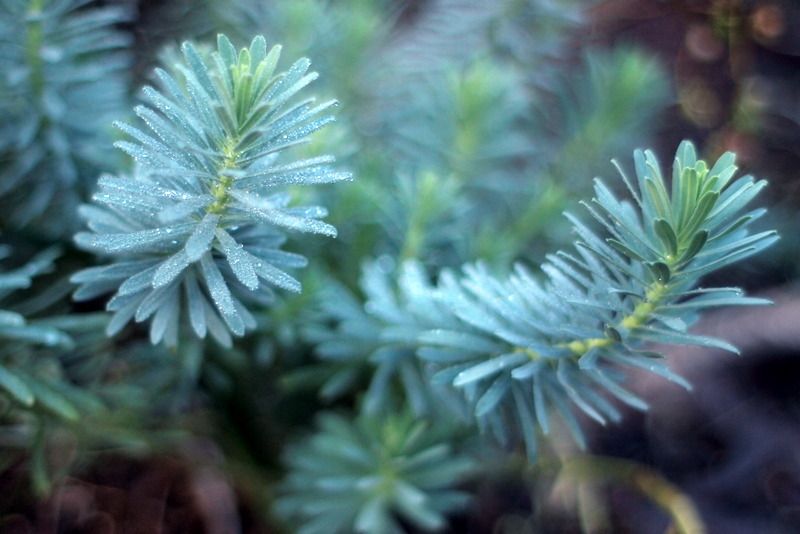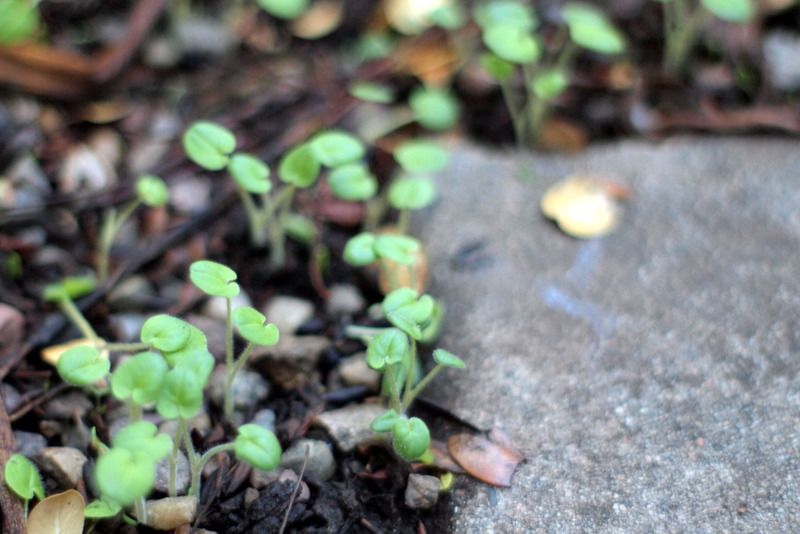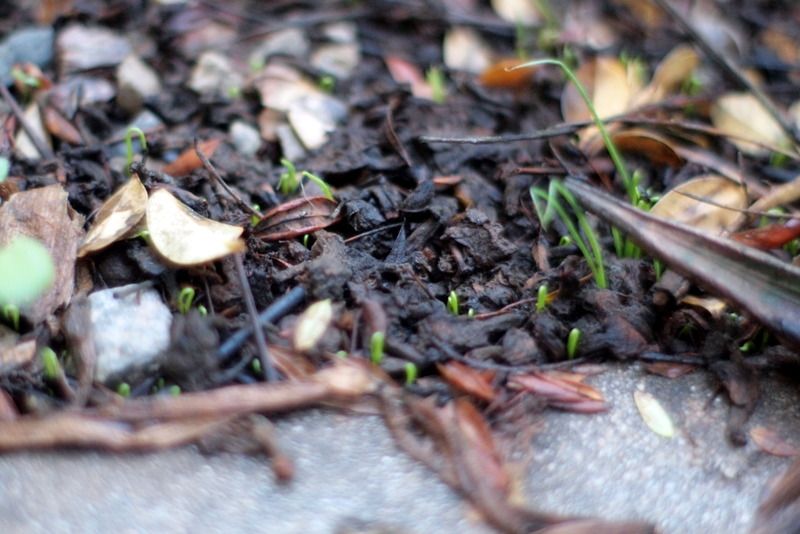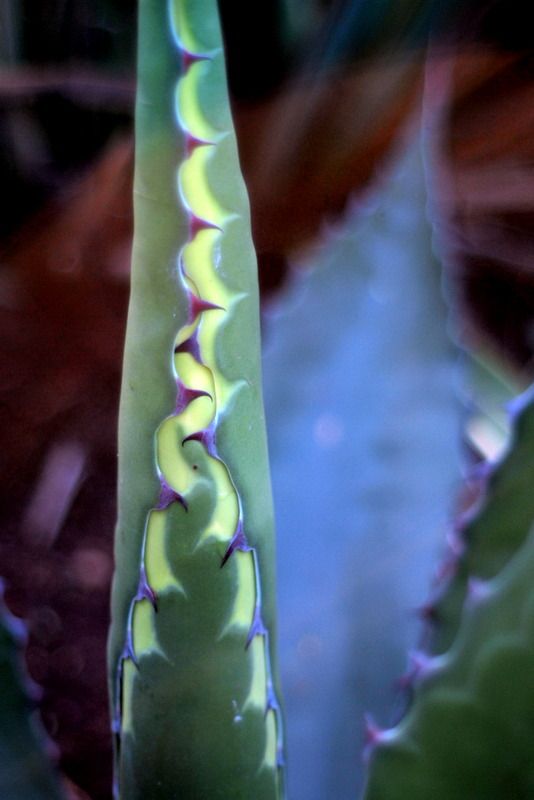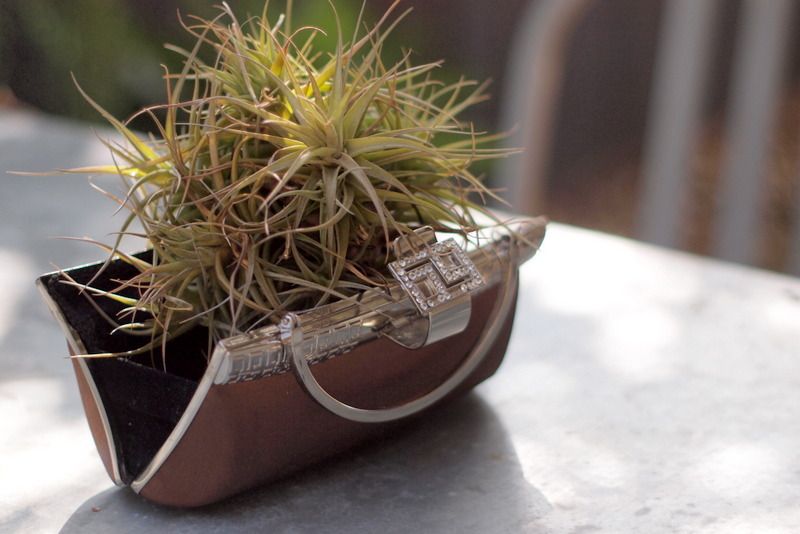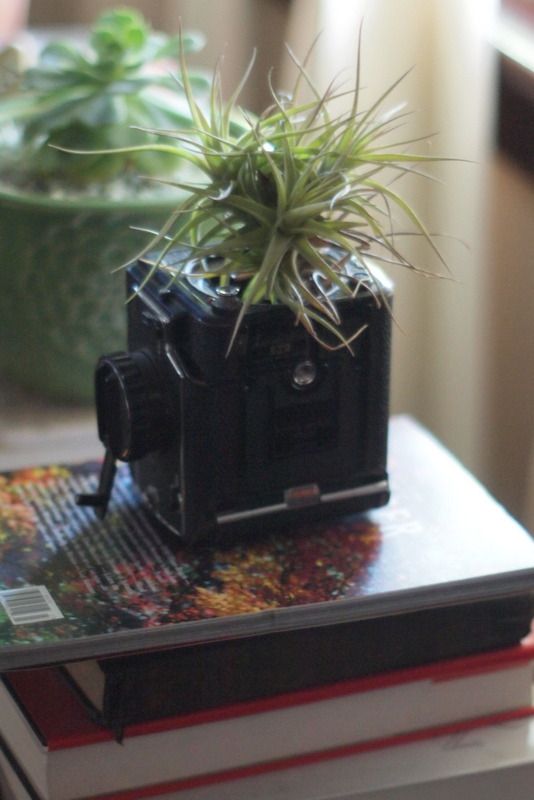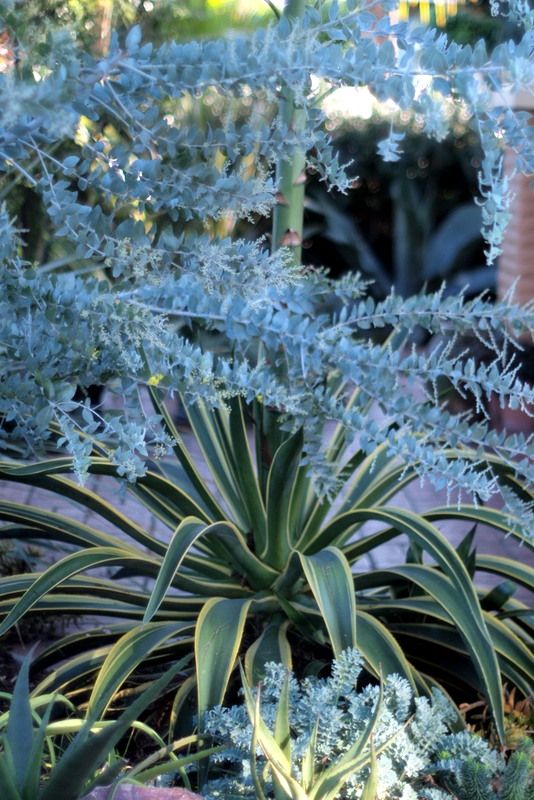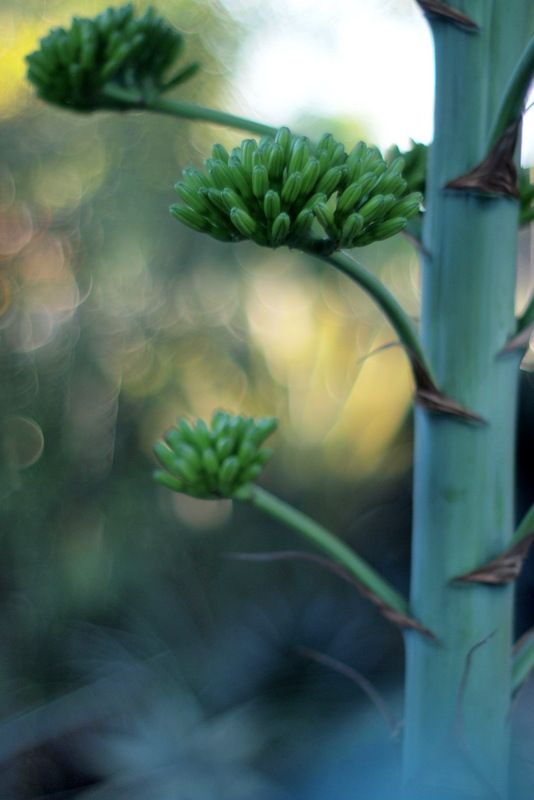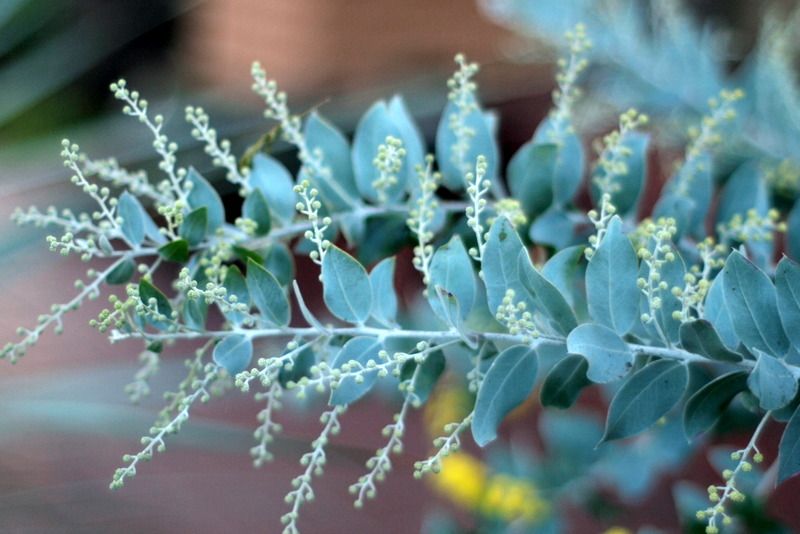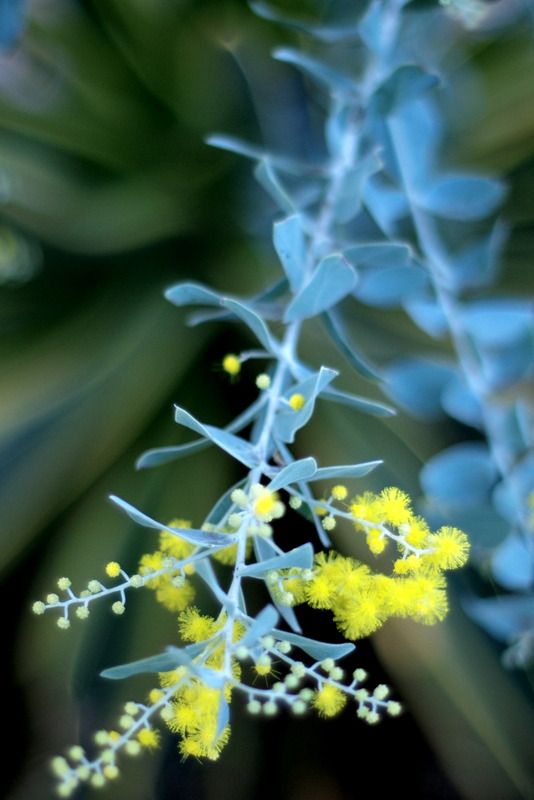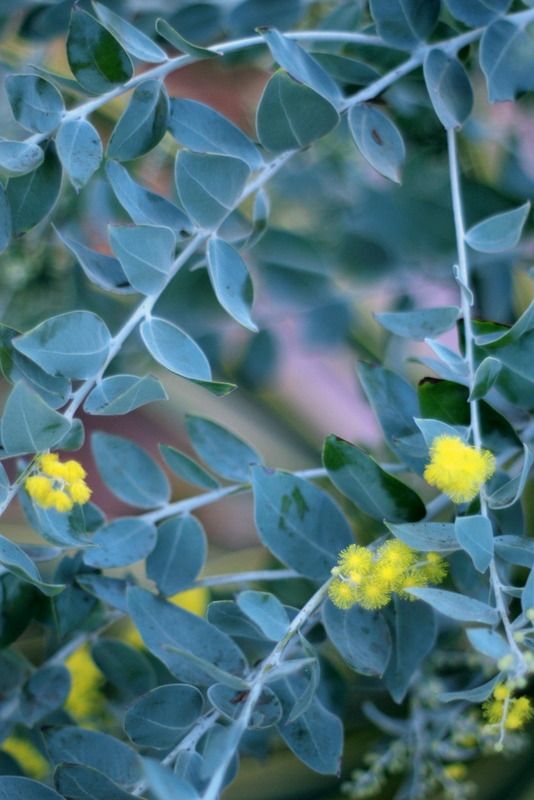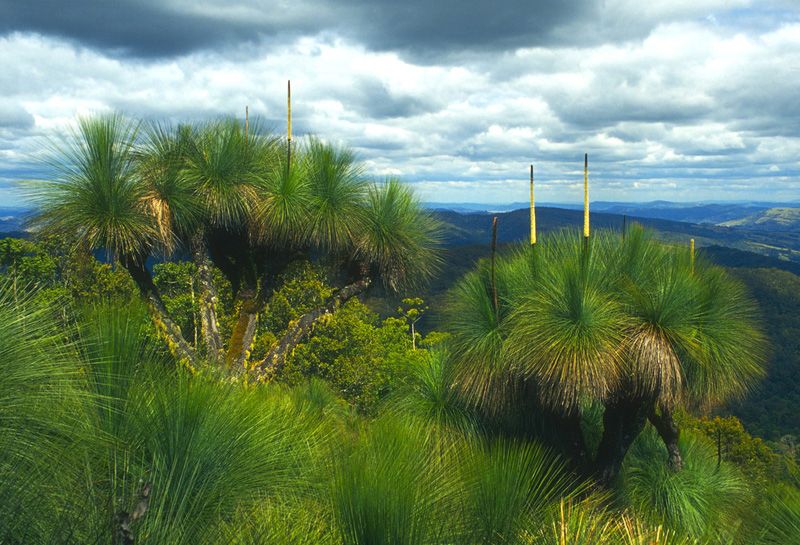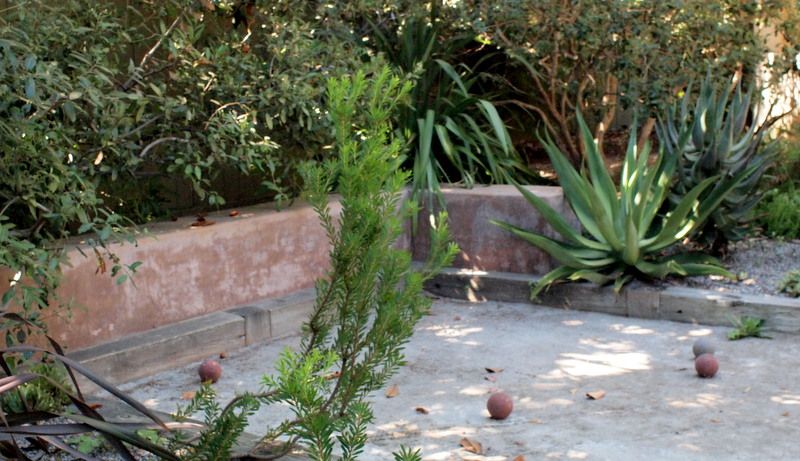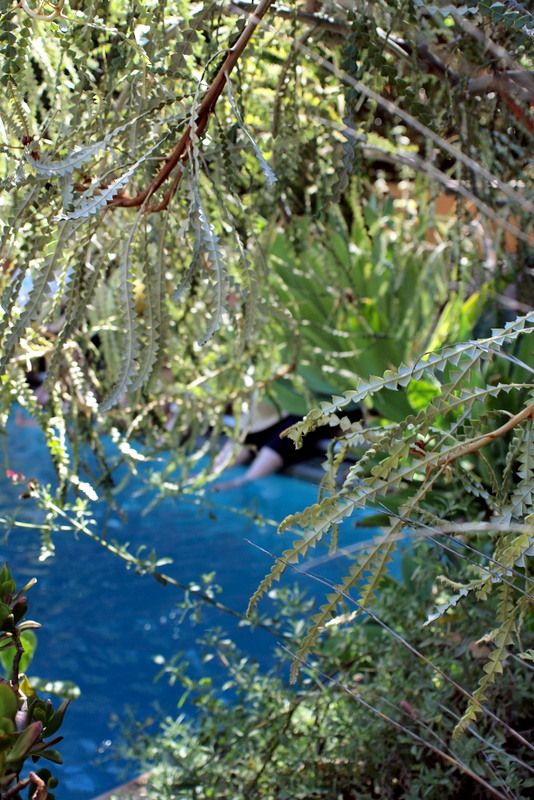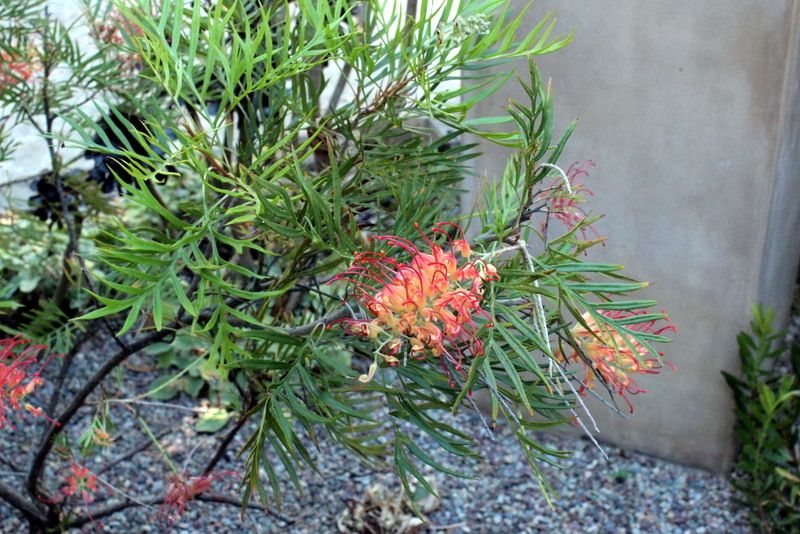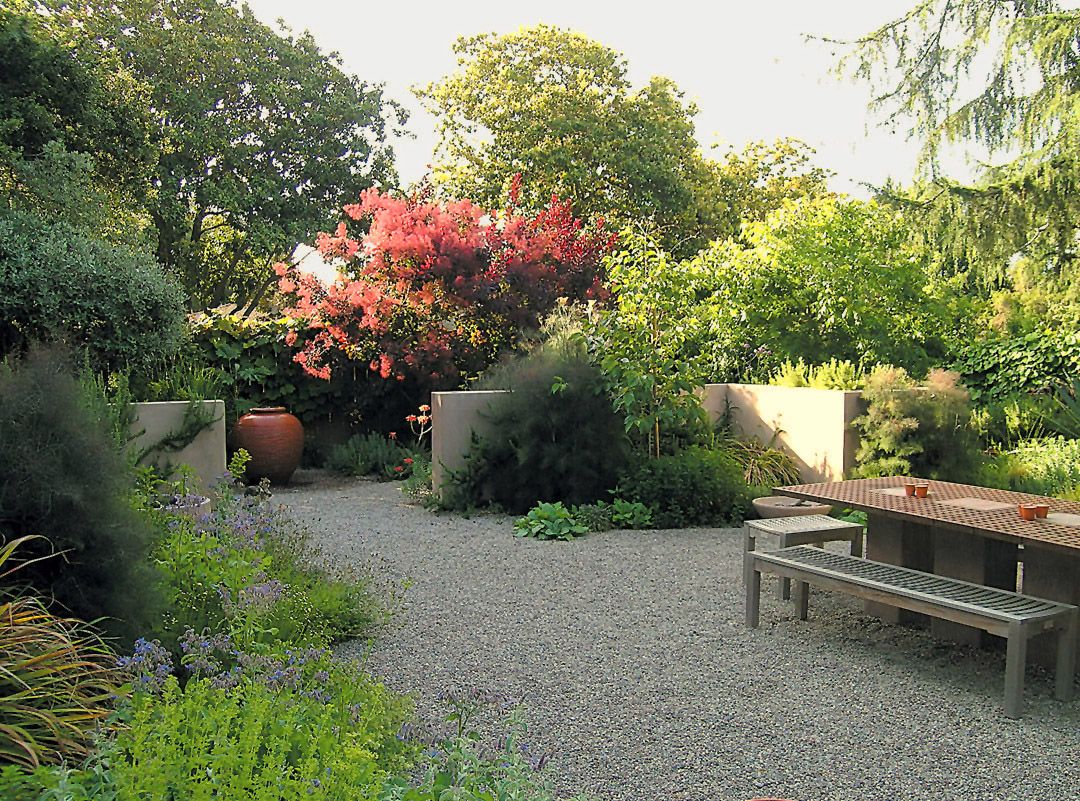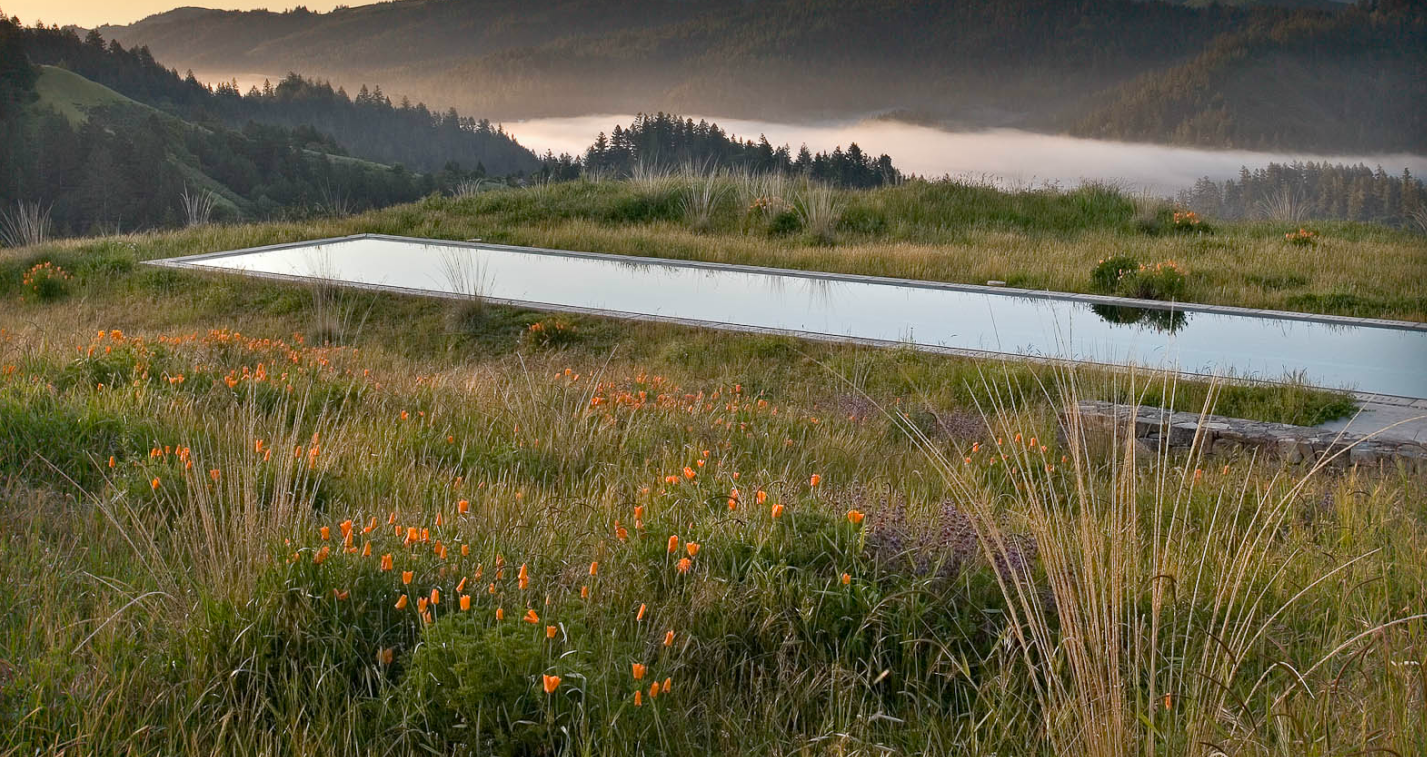(baby, it’s cold outside…)
The cold front that’s been scaring the bejeezus out of Central Valley citrus growers hit new lows last night. The back garden temperature gauge registered 40 degrees at 7ish a.m., but that’s our moderating coastal influence looking after us. I can remember maybe once in 25 years at this house waking to a skin of ice on the cats’ outdoor water bowl, and that was the year the bedded-out ‘Zwartkop’ aeoniums turned to blackened mush at the Huntington. A salutary effect of the colder temps is getting to play-act at enduring a real winter, which means I don’t go out without my brown corduroy trench coat and have even taken to wearing Marty’s Kangol/Samuel L. woolen cap. (That would be me channeling Samuel L. in Pulp Fiction, not Snakes on Planes.) The cold weather has been liberating in the sense that we can pretend we’ve finally joined the clan of the cold-weather tribes, even if those hardy tribes would probably scoff at what they’d consider still shirt-sleeve and flip-flops weather.
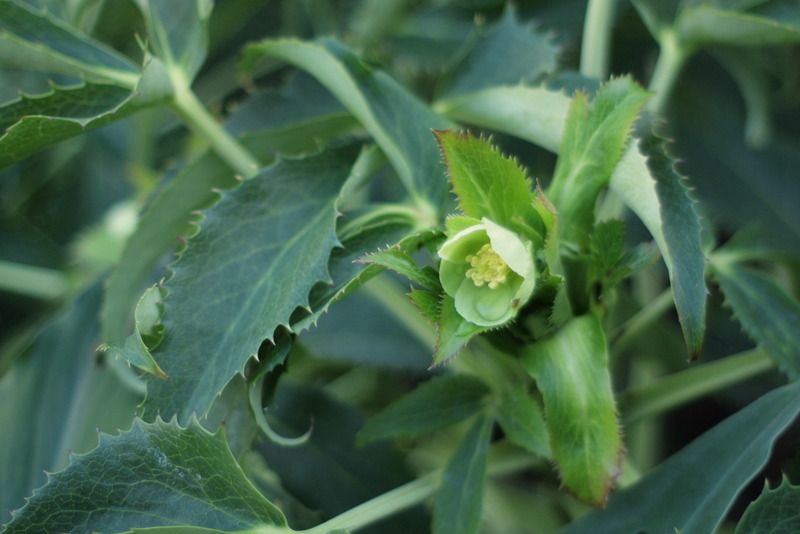
The first hellebore flowers in the back garden this morning
Yesterday we mapquested ourselves to Big Daddy’s in Culver City, not that far away but always tricky for me to find on La Cienega Place and not on the boulevard. Remodelista was hosting a holiday market at Big Daddy’s, and it was wonderful to see it so well-attended. I’d been noticing among friends and family that holiday cheer is at best tepid this year. My mom is the ultimate holiday cheer barometer and uncharacteristically hasn’t unpacked any of her boxes and boxes of decorations yet, though I noted last night her little collapsible tree had finally been shaken from its box, string of lights intact and ready to glow. My haircutter’s theory yesterday is that having a Thanksgiving so late in the month is to blame for any holiday fatigue. Taking my own holiday-cheer pulse, I seem to feel the same about this holiday as I do every year, which is generally positive towards a seasonal celebration that endorses bringing trees and branches and cones and seedpods indoors, with one notable variation. I seem to want to go, get out, see stuff this year, and have even bought tickets for a Nutcracker ballet. I’ve also bought tickets for the Peter Pan-inspired play Peter and the Starcatcher, so for me there seems to be a definite childhood regression theme to the holidays this year.
A few photos from Big Daddy’s yesterday:

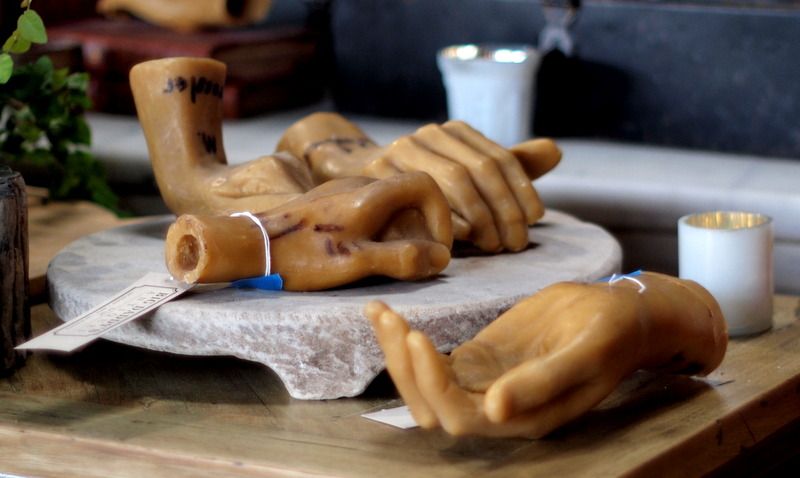
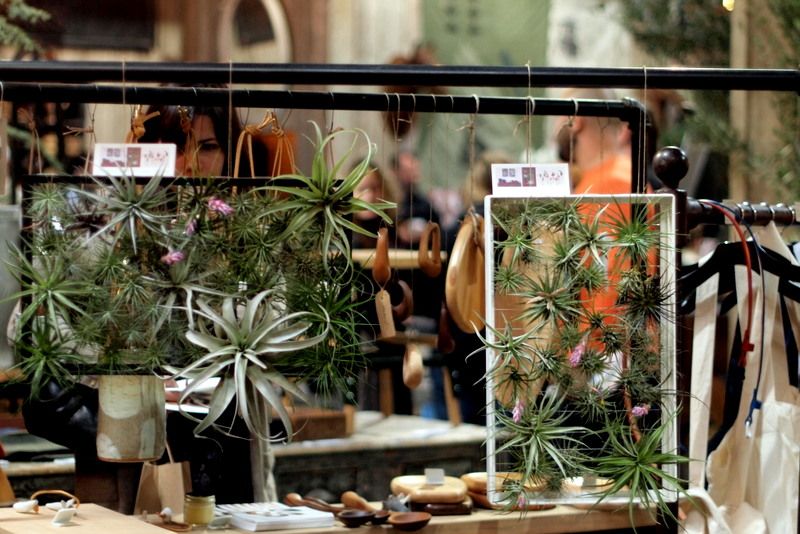
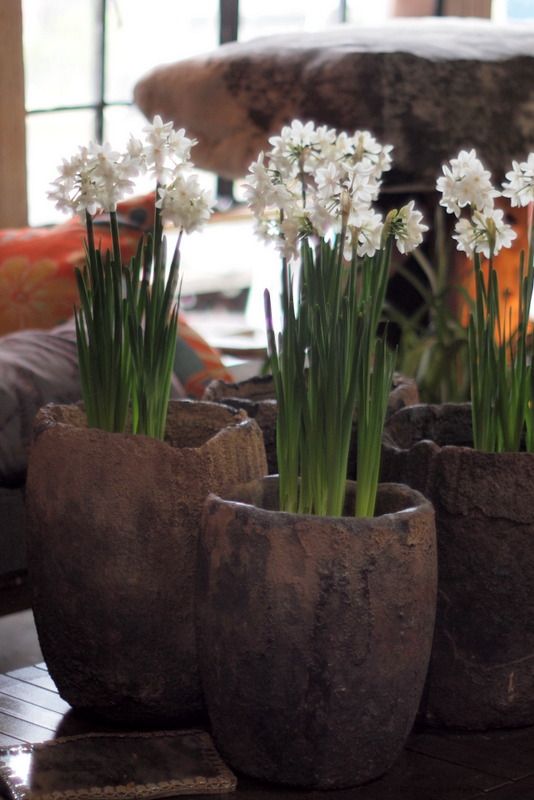
We had to park a couple blocks away, and on the way back I noticed a thick, overgrown stand of horsetail reed planted in a narrow band between a commercial building and sidewalk, a common urban deployment of this linearly sculptural but invasive rush. I grabbed the pen knife from the glove box and cut as many of the cone-producing stems as I could shove into a grocery bag. I find the new, dark brown/black cones on the forest green stems, punctuated by black bars at regular intervals, exceptionally beautiful. From those cones, spores will be launched to further the survival of this aggressive, expansionist, eons-old plant, so cutting it back when in early bloom is a public service, the way I see it.
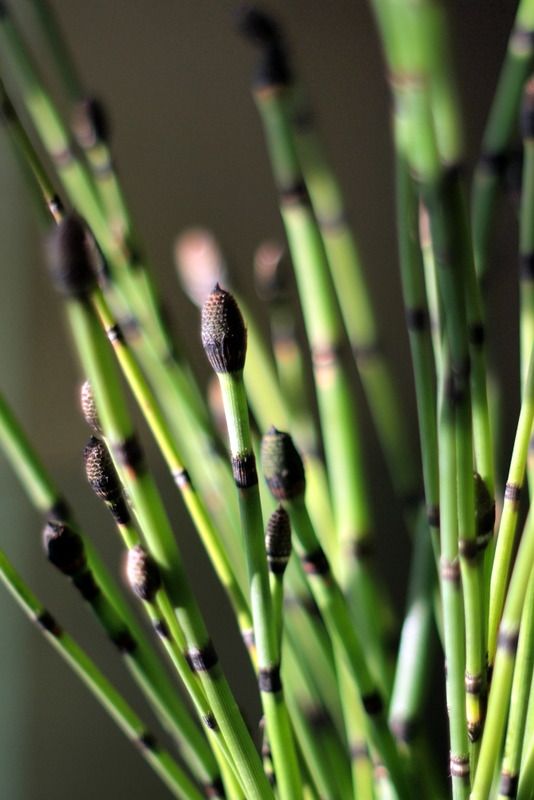

And, boy, do they look great in a vase, in a holiday-cheerful sort of way.


